Tours

Rome Tourist Card
Rome Tourist Card
Snap up the Rome Tourist Card and you'll get everything you need to explore Rome's top highlights including Colosseum, Palatine Hill, Roman Forum and Hop on/off bus. You can even choose the order you see things in.

Colosseum, Roman Forum & Palatine Hill: Priority Entrance
Colosseum, Roman Forum & Palatine Hill: Priority Entrance
Skip the long lines at the Colosseum with this priority-entrance ticket. This ticket will let you bypass the crowds. And after exploring the Colosseum you can head to the area of the Roman Forum and the Palatine Hill.
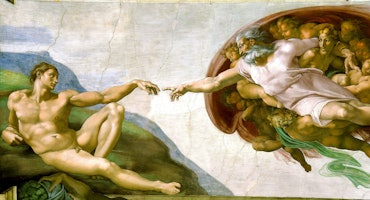
Vatican Museums & Sistine Chapel: Skip The Line
Vatican Museums & Sistine Chapel: Skip The Line
This ticket will make you save stress and time by allowing you to get priority entrance and skip the line. Visit the the countless masterpieces by Michelangelo, Raphael, Caravaggio, Tiziano and the Sistine chapel.
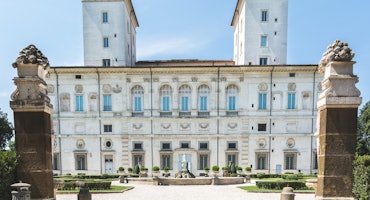
Borghese Gallery: Fast Track
Borghese Gallery: Fast Track
Galleria Borghese is located in the villa of the park Villa Borghese. Admire the architecture and furnishings of this beautiful villa. It is a museum full of art from the Renaissance. The collection includes several sculptures and paintings. Because of limited capacity get tickets for this museum weeks in advance.
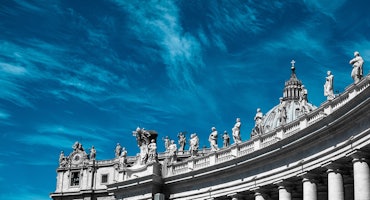
St. Peter’s Basilica: Dome Climb with Guide
St. Peter’s Basilica: Dome Climb with Guide
Get the most out of your visit to St. Peters with a guided tour to climb the basilica’s dome designed by Michelangelo and admire one of the stunning view. After the tour, you can explore the the basilica at your own pace.
St. John Lateran Archbasilica
Welcome to the “Mother of all the churches in Rome and in the world”. St. John is not only one of the four Archbasilicas in Rome, but it’s actually the oldest and part of the Seven Churches pilgrimage route. St. John is actually the oldest among the other papal basilicas, which are Santa Maria Maggiore (St. Mary Major), St. Paul Outside the Walls, and St. Peter’s.
The church’s history dates back to early Christianity and, together with the Cloistery, the Baptistery, the Holy Steps (Scala Santa) and its Sancta Sanctorum chapel, forms a complex of remarkable interest. If you love sacred art, if you are a pilgrim, or simply if you want to be overwhelmed by some of the most stunning examples of the celebration of a religion, you are in the right place. It’s interesting to note that the church, and the rest of the complex, are on Italian territory, but the Vatican has complete jurisdiction on the buildings, which also include the Lateran Papal University and the Major Seminary.
Also, this is the church where the Pope lived up to the XIV century, and where he used to be crowned at the beginning of its mandate. After the fall of the Papal State, in 1870, this custom was abandoned and the ceremony takes place in the Vatican City.
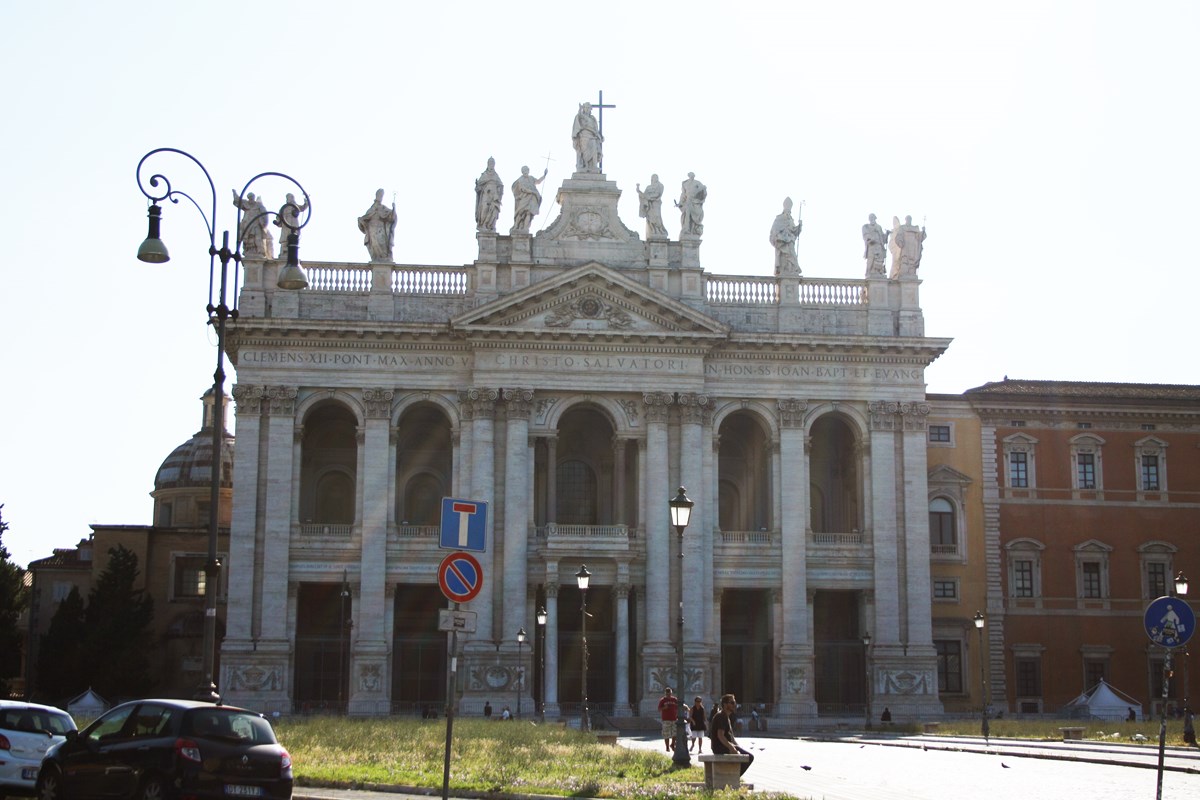
History of the Church
In the first century AD, the land where the church stands today was owned by a noble Roman family, called Laterani, so that’s where the name of the whole complex comes from. The land was expropriated by Nero, so it became part of the Emperor’s estate. Just before he became emperor, Constantine was already married to Fausta, who owned the land and palace above it. Fausta also happened to be the sister of the emperor Massenzio, which was considered an usurper to the throne.
In 312, Constantine had a vision of a cross, together with the message “in hoc signo vinces” (“under this sign, you will win”). That’s when he decided to paint a cross on his soldiers’ shields and armors, and confronted Massenzio in the battle of Ponte Milvio. Constantine won, became emperor, and as a sign of gratitude, donated the whole Laterani land to the Church. Shortly after, a church was erected here, and it became the official residence of the pope. Legend says, that just after his conversion to the Christian religion, Constantine himself, with a pickaxe, started to dig on the site chosen to build the church and carried on his shoulders several loads of earth.
The first church already had a massive structure and received constant donations by the emperors. During the Barbarian invasion, it was sacked at least twice and declined, as the rest of the city. It was brought back to its original splendor in the middle of the VIII century, and it has been the place where Charlemagne was baptized. Here, in 896, the mummy of the deceased pope Formoso was brought to one of the halls and put under trial by his successor, Stefano VI, who claimed he was an usurper to the Papal throne. Found guilty, the poor Formoso was then stripped of his garments, the three fingers of his right hand, used to consecrate the body of Christ during mass, were chopped off, and his body was dragged around town and thrown into the river Tiber. The year after, a terrible earthquake shook the church, destroying the roof and completely damaging its structure. This was viewed as a punishment of God against the awful behavior of Stefano.
Shortly after, a second church was erected, later destroyed by a fire. The third one was originally built in 1300, but in the following couple of centuries was damaged by another earthquake, a fire and even the army of the King of Naples. In 1377, the pope decided to leave St. John. St. Peter’s and its adjacent buildings became the official papal residency.
The fourth church, which is the one standing in front of you today, was erected between 1660 and 1730, and it was designed by Francesco Borromini, one of the main architects of Rome and the creator of a unique Baroque style, rich in decorations, but at the same time extremely rigorous in balancing architectural shapes and spaces. Even if he was partially forced by the presence of a preexisting structure, Borromini showed all his skills, by completely reshaping the interior, with a wise use of natural light and perspective effects.
One of the last renovation projects, in the XX century, was never carried out because of the outstanding costs, and it involved a partial (and almost visionary) relocation of the building. One of the last interventions was made by the will of Pope Leone XIII: in the last years of the XIX century, the ancient apse was demolished to create a new one.

What to See Inside the Church
The central doors of the main entrance are in bronze and they come from the Roman Senate building that originally stood in the Roman Forum. Before you actually walk in, look up, and you’ll see an inscription: “Christo Salvatori”. In fact, the church is also dedicated to Christ the Saviour. There is a seven meter tall statue of Jesus, with the saints and Doctors of the Church at his side.
St. John has five large naves, divided by a long line of huge columns. In the apse, there is a stunning golden mosaic (dated IV-VI century). In the central nave, which was completely re-designed by Borromini, covering the old columns, there are the niches with statues of saints and apostles. Above them there are paintings inspired by the New and Old Testament, which are modeled on the one already present during the Imperial era. Generally speaking, most of the symbology used in these and other paintings in the church reflects the ancient mysteries of the Paleo-christian tradition, such as the doves holding an olive branch, crossed palms and chandeliers decorated with laurel.
On the sides, the smaller naves and chapels are of different shapes and dimensions, reflecting the various times and artistic tastes in which they were built. It’s important to note that the sacred value of the place, apart from its art masterpieces, is extremely relevant, as preserved here are some of the most treasured relics, such as the heads of St. Peter and St. Paul, which are in the Gothic canopy just above the main altar. Under the tabernacle there is the ancient wooden altar which was possibly used by the early popes.
As this is an archbasilica, it means that only the pope himself can celebrate mass on the church’s main altar. Above the left-hand transept you’ll see the Altar of the Sacrament. Its origin is uncertain, but it’s either been shipped from Jerusalem or it is an adaptation of the one which once stood in the magnificent (but pagan) Capitoline Jupiter temple. One of the most evocative relics is definitely the wood fragment, situated in the tympanum, which belongs to the table where Jesus had the Last Supper with the apostles.
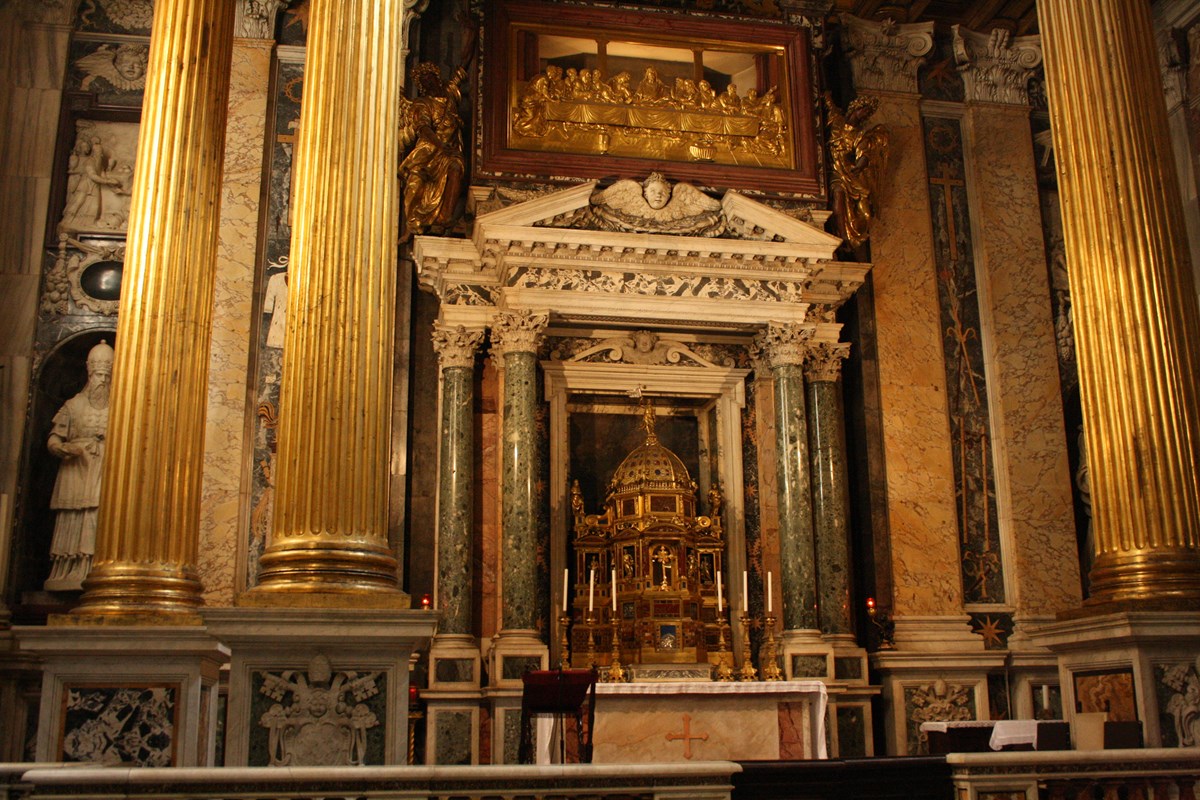
The Cloister
The cloister was an area used by the monks to rest, pray, meditate and have a walk after their meal. It was a covered corridor which opened in a central space, where there was usually a well, the water supply for the monastery. Most of the common halls, included the chapter house, the refectory and the sleeping quarters were accessed through the cloister.
The one that you’ll visit adjacent the archbasilica is one of the widest in the city, measuring approximately 36 meters on each side, and it was built in the XIII century. The style in which the precious gilded marble column are built is Romanic/Gothic and they were carved by one of the most talented stonemason families in Rome, the Vassalletto’s. In the cloister, there are some ornaments and statues on display, but what you will notice even more is the feeling of intimacy and grace of this silent 800 hundred year old place.
The Baptistery (San Giovanni in Fonte)
Behind the church, is the entrance to the Lateran Baptistery, which is part of the church called St. John in Fonte. The shape of this building, which was originally made in the IV century, under Constantine, has been widely restored and altered, but it has kept the octagonal plant, which was a model for many other sacred sites of its kind. The center of the structure is dominated by a two-tier colonnade and it features a dome. Tradition says that the baptismal font placed in the middle, was used for the first time by the emperor Constantine himself. The internal frescoes were made under Pope Urban II in the middle of the XVII century. Previously, the baptistery featured a mosaic decoration, now almost completely lost. During the centuries, many artists have left their mark between these walls, such as Andrea Sacchi, Francesco Borromini, Carlo Rainaldi (the altar), and Luigi Valadier (the statue of St. John Baptiste).
One of the four chapels annexed to the church has a unique portal, called “the singing doors”. The massive bronze doors (each weighing 800 kg) were mounted in 1196 at the entrance of the chapel St. John Baptist. When they are opened, the weight of the doors slowly spinning on their hinges, causes a deep and definite sound coming from the portal, which resembles the music of an organ.

The Holy Steps: The Evocative Journey of Faith
Opposite the St. John Lateran is the entrance to the Scala Santa, which translates to “Holy Steps”. According to legend, these 28 marble steps were the stairs wherein Jesus climbed to Pontius Pilate’s office during his trial. The stairs were supposedly brought to Rome by St. Helena, the mother of Constantine. Originally, and up to 1589, they were placed in the nearby Lateran Palace, but then relocated to a separate building, at the right hand side of the main entrance of St. John. The laying of the steps was made starting from the top, so that the masonry workers didn’t have to place their feet on the holy steps while doing the job. Today, pilgrims climb up the stairs strictly on their knees only, praying and asking for grace.
Later on, the steps were covered with walnut plates to avoid further wear, and the walls around it were richly decorated with frescoes. The stairs will lead you to a thick glass, from which you will be able to see the Sancta Sanctorum (Holy of Holies), a personal chapel of the early Popes in the Lateran Palace, also known as the chapel of St. Lawrence, and considered one of the most sacred places of Christianity.
Inside the chapel, which has been adorned and restored by many popes, there is a real treasure of relics, together with an ancient image of the Jesus the Saviour holding the New Testament. The image is known as the Acheropìta (not created by mankind). The fresco, which is protected by a silver and gold covering, was already highly venerated since the VIII century AD, and its origin is actually unknown.
Travel Tips
Getting to St. John in Lateran is very easy. You just need to take the subway (Lines A or C) and get off at the S. Giovanni stop. Please note that, on the 1st of May, which is Labor Day, the huge open space of the square is used for an event called “The Concert of the 1st of May”. Therefore, flocks of Romans come here to watch the show. So, it’s probably not the best time to come here, as it’s very difficult to move around the area, and visit the different attractions and buildings.
FAQ
How do I get to the Saint John Lateran?
You take metro line A and get off at the San Giovanni stop. From there it is about a five minute walk
Is entrance asked to visit the Saint John of Lateran?
The St. John of Lateran is freely accessible
What is the Baptistery of Saint John Lateran?
The Baptistery of Saint John Lateran is a baptistery separate from the basilica. This baptistery dates from 440, it was thoroughly renovated in 1637. The baptistery is located at the rear of the basilica
When was the St. John of Larerans built?
The Basilica of Saint John Lateran was built in 1650. Before that there was another basilica. It was destroyed by earthquakes



